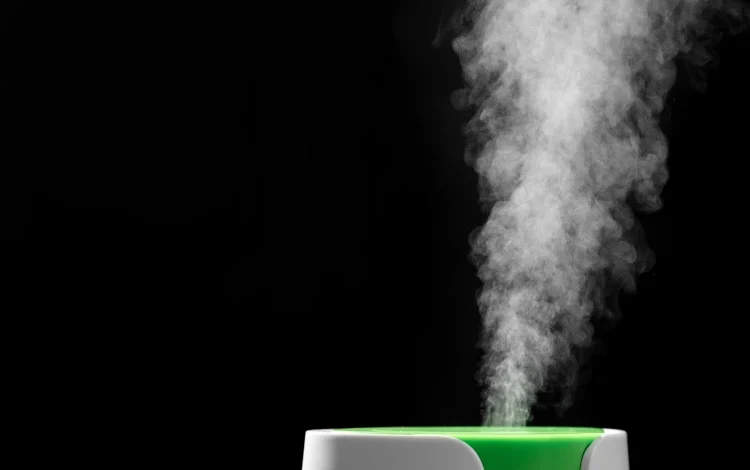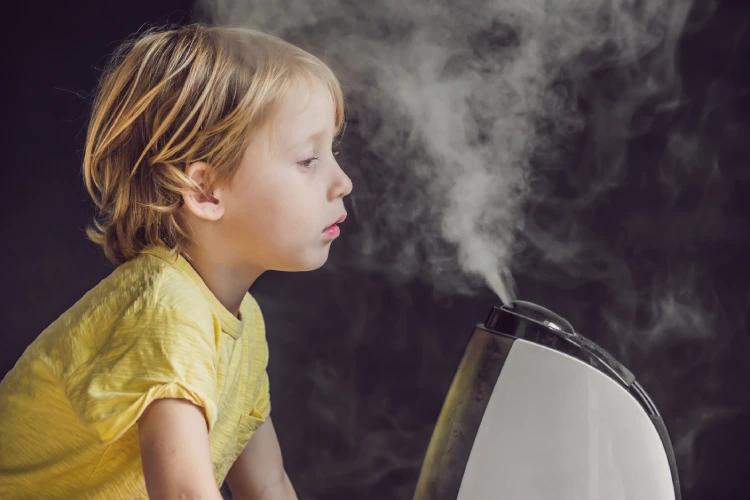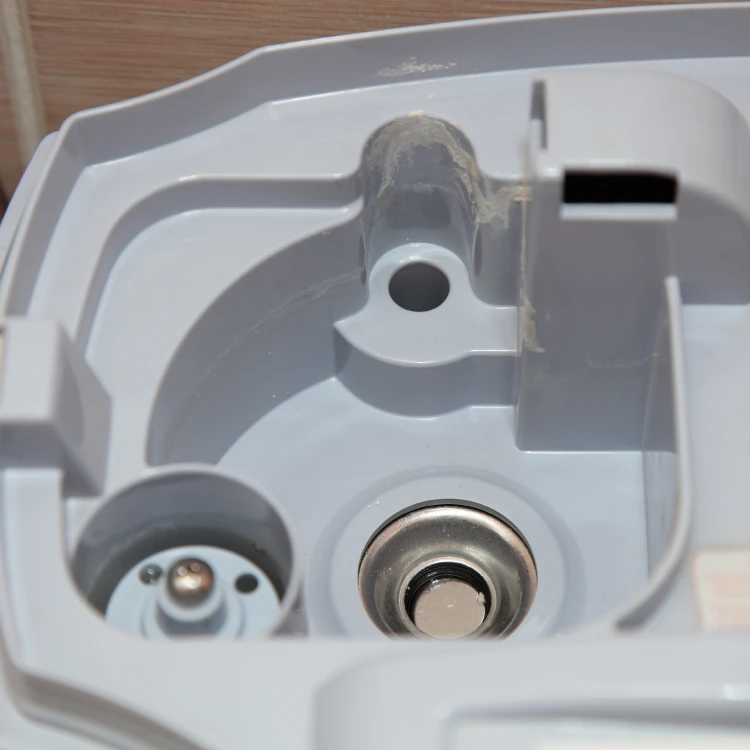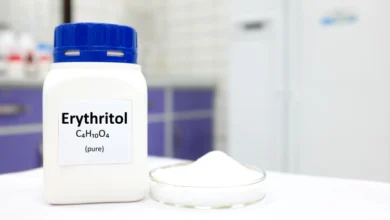How to Clean Your Humidifier to Prevent Airborne Infections
Neglected Humidifiers Can Harbor Pathogens Like Legionella And Pseudomonas, Posing Risks in Homes And Healthcare Environments.

Humidifiers are commonly used to relieve dry air symptoms, especially during colder months. However, without regular maintenance, they can become breeding grounds for bacteria, mold, and other pathogens. This is not just a household concern. Improperly maintained humidifiers have been linked to outbreaks in healthcare settings. The associated public health risks with dirty humidifiers make it necessary to learn to clean a humidifier.
The Hidden Risks of Dirty Humidifiers

Several studies have identified the growth of Legionella pneumophila, Pseudomonas aeruginosa, and fungal species like Aspergillus in improperly cleaned humidifiers. These pathogens can be aerosolized and inhaled, especially through ultrasonic or cool-mist humidifiers, which do not boil water before dispersal.
Studies have shown that neglected humidifiers can harbor bacteria and mold. Organisms such as Legionella pneumophila, Pseudomonas aeruginosa, and various fungal species have been found in humidifier tanks and internal components.
These pathogens can be aerosolized and inhaled, especially through ultrasonic or cool-mist humidifiers, which do not boil water before dispersal.
When the device is in use, these microbes can be released into the air along with the water vapor. Inhaling contaminated mist has been linked to a range of respiratory problems, including asthma flare-ups, lung inflammation, and hypersensitivity pneumonitis, a condition sometimes referred to as humidifier lung.
In December 2008, a large Legionella outbreak in a hospital neonatal unit was traced back to contaminated humidifiers, emphasizing the importance of disinfection even in controlled clinical environments.
CDC and EPA Recommendations on Humidifier Hygiene
According to the Centers for Disease Control and Prevention, one of the most important ways to prevent microbial growth in a humidifier is to avoid letting water sit in the tank for extended periods. The CDC recommends that users remove any remaining water from the humidifier each day, and allow the tank to dry completely.
The Environmental Protection Agency offers similar guidance for home humidifiers, emphasizing the importance of using distilled water rather than tap water, as minerals in untreated water can support bacterial growth.
Step-by-Step: How to Clean a Humidifier Safely

Daily Maintenance:
- Unplug the humidifier and empty the tank.
- Rinse all components with clean water.
- Dry thoroughly.
- Refill with fresh distilled water.
Weekly Deep Clean:
- Disassemble the unit.
- Prepare a cleaning solution by mixing one tablespoon of three percent hydrogen peroxide or white vinegar with each cup of water, then pour it into the tank.
- Allow this solution to sit for about 20 to 30 minutes to loosen any buildup and gently scrub away any visible residue.
- Once cleaned, rinse all parts thoroughly with clean water and let them dry completely before putting the unit back together.
Monthly Disinfection (or as recommended):
- Use diluted bleach: 1 teaspoon per gallon of water.
- Let it soak for 20 minutes, rinse several times with clean water.
Avoid using essential oils or additives unless the humidifier is designed for them, as they can promote residue buildup and bacterial growth.
Why This Matters in Healthcare and At Home
Indoor air quality plays an increasingly important role in public health, particularly as people spend more time indoors. Humidifiers, if improperly cleaned, can release fine droplets containing microbes and minerals into the air.
This adds to the overall particulate matter in enclosed spaces and can compromise air quality. According to environmental health studies, poor indoor air quality has been associated with increased rates of respiratory illnesses, allergic reactions, and chronic lung conditions.
Respiratory infections from contaminated humidifiers may go underdiagnosed or misattributed to other causes like seasonal allergies or viral infections. In clinical environments, especially where patients are immunocompromised, strict adherence to maintenance protocols can significantly reduce the risk of airborne transmission of pathogens.
[Source]








